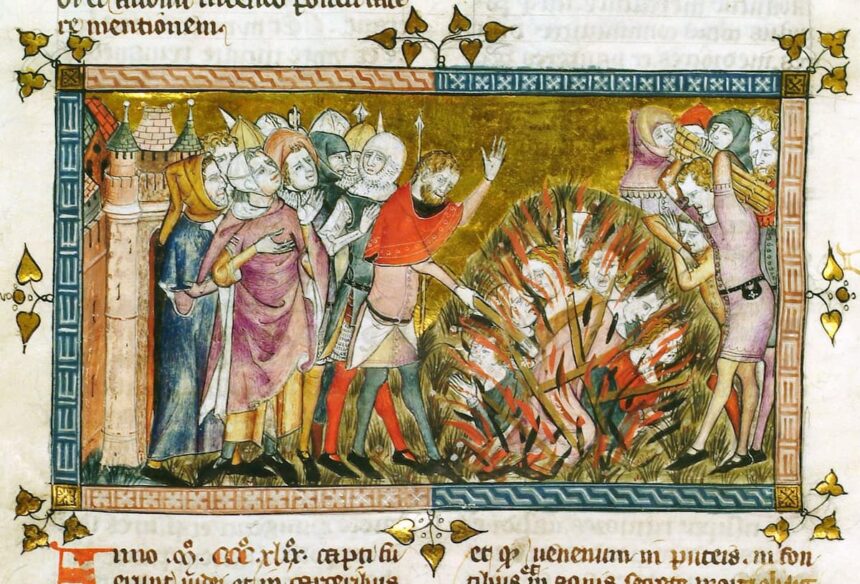History of the Plague
For many centuries in a row, the plague regularly decimated European cities, killing millions of people. Where did the most terrible disease of the Modern era come from? How was it fought against? How did people behave when faced with the inevitability of death? And how was the pestilence finally defeated?


